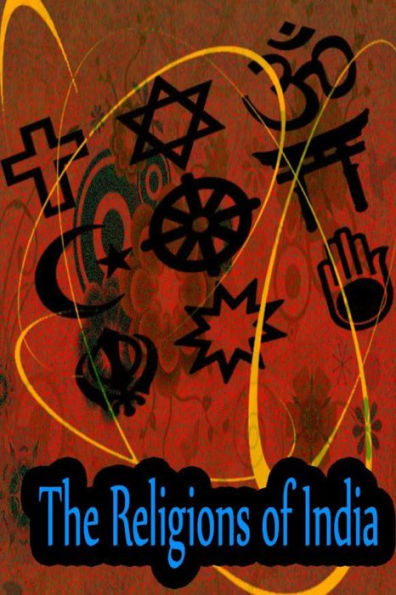Read an Excerpt
CHAPTER III. THE RIG VEDA. THE UPPER GODS. The hymns of the Rig Veda may be divided into three classes, those in which are especially lauded the older divinities, those in which appear as most prominent the sacrificial gods, and those in which a long-weakened polytheism is giving place to the light of a clearer pantheism. In each category there are hymns of different age and quality, for neither did the more ancient with the growth of new divinities cease to be revered, nor did pantheism inhibit the formal acknowledgment of the primitive pantheon. The cult once established persisted, and even when, at a later time, all the gods had been reduced to nominal fractions of the All-god, their ritualistic individuality still was preserved. The chief reason for this lies in the nature of these gods and in the attitude of the worshipper. No matter how much the cult of later gods might prevail, the other gods, who represented the daily phenomena of nature, were still visible, awe-inspiring, divine. The firmest pantheist questioned not the advisability of propitiating the' sun-god, however much he might regard this god as but a part of one that was greater. Belief in India was never so philosophical that the believer did not dread the lightning, and seek to avert it by praying to the special god that wielded it. But active veneration in later times was extended in fact only to the strong Powers, while the more passive divinities, although they were kept as a matter of form in the ceremonial, yet had in reality only tongue-worshippers. With some few exceptions, however, it will be found impossible to say whether any one deity belonged to the first pantheon.The best one can do is to separatethe mass of gods from those that become the popular gods, and endeavor to learn what was the cha...



